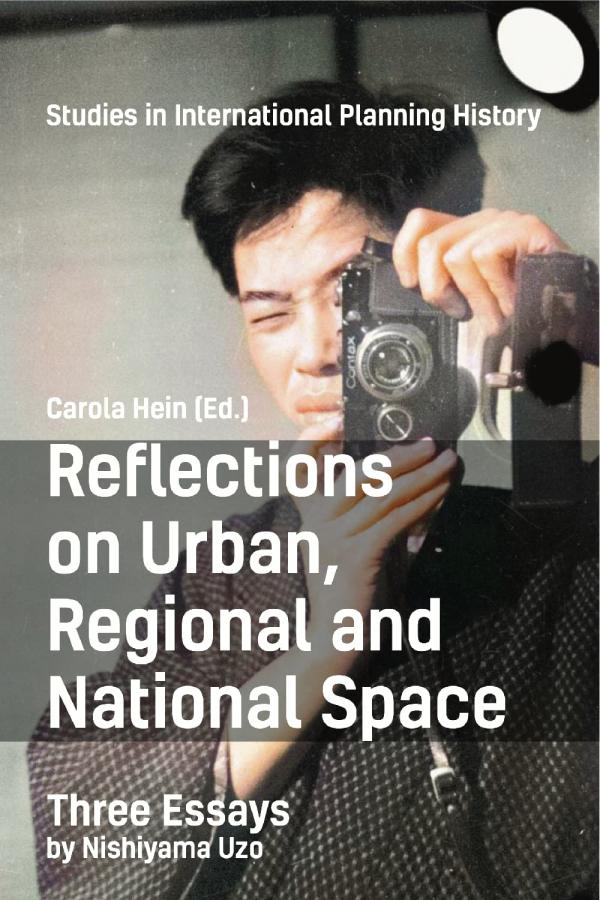The Structure of the Base of Life
Synopsis
This essay was written early in the summer of 1942 during the war, and I stressed that the qualities housing had to possess could only be discussed when the structure of society as a whole had been clarified; but I also dealt with this issue in an article entitled “Ju-kyo no shitsu ni tsuite” [On the quality of housing] published in Kenchiku Zasshi [Architecture magazine] in June the year before, as well as in a collection of essays entitled Ju-taku Mondai [Housing issues] in the beginning of that same year. Well then, if that was my way of thinking in this regard, in what way could I specify the qualities housing had to have? I kept asking myself what sort of concrete statement could be made on the matter, and this essay is the bringing together of those ideas on the structure of the overall life space. It was published in a small magazine called Kenchikugaku Kenkyu- [Research on Architecture].
Because I had looked into the various conditions required for housing in the aforementioned article, in this essay I focused more on examining the space that lay beyond the structure of life as a whole, and the various types of housing built in response—this is called the “life base,” but refers to the “local life base” in the particular area of space around where people take up permanent residence.
It is divided into four sections: the first discusses the examination of the structure of all life (samsara or cycle of life) and the overall structure of life space (the life base consisting of housing areas, city, and nation), to work out guiding standards and aims for the quality of housing; and setting goals to attain that ideal vision. Section 2 is an historical appendix that touches briefly on subjects such as the sorts of proposals made in the past on the development of the capitalist city and ideas about the structure of the life base viewed from that perspective (ideal vision of the local life base); the demand for the revival of the garden in urbanization; zoning systems; the garden city; the satellite city; proposals for big cities by Le Corbusier and Hilberseimer; the linear city of the Soviet Union; and Feder’s proposal. Section 3 discusses the structure of the life base as a contemporary issue to squarely meet the demands of national defense and a strong military, but why this is impossible to settle due to wartime austerity. Section 4 investigates claims about: the placement, combined form, and concentration and division of households that have become problems in the structure of space for housing zones, which include zones consisting of various households and communal or regional facilities, when these facilities are adopted for housing in ideal visions of this sort of life base and regional space; proposals for communal housing and the Socialist city in the Soviet Union; or the structure of neighborhood housing. And finally, it discusses not just the state of housing, but also that of places of production and labor that together make up the structure of the city and overall local space; in other words, how it must be pursued while considering the combination of work and relaxation, production and consumption, among the problems of how to systematically construct total life amenities.






